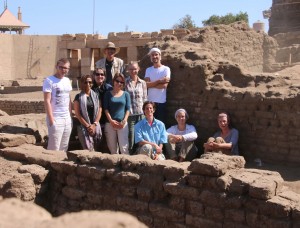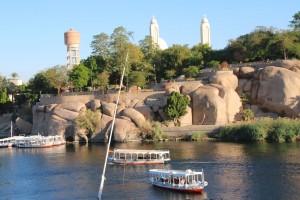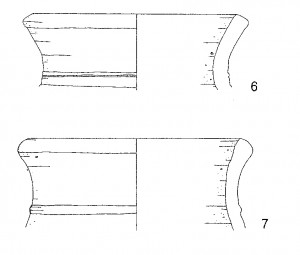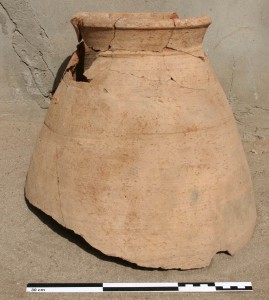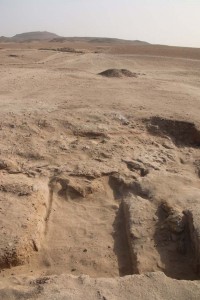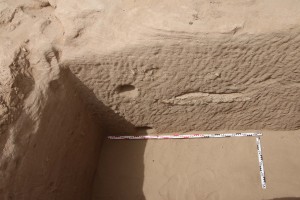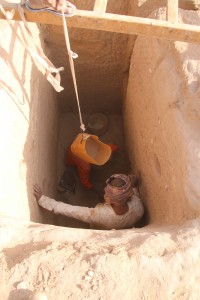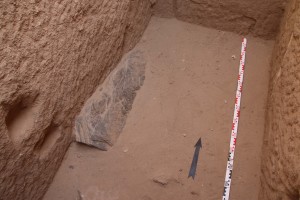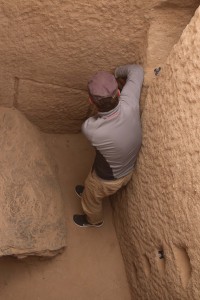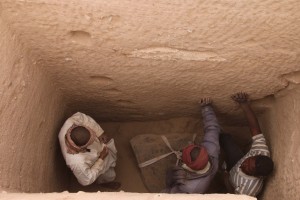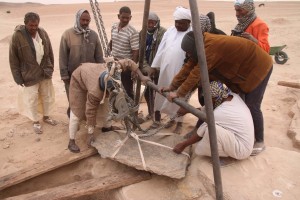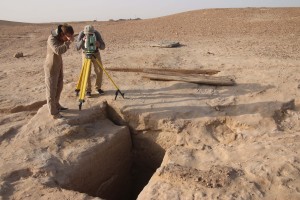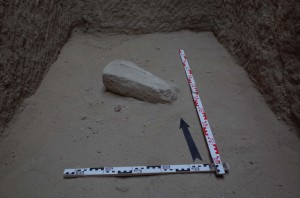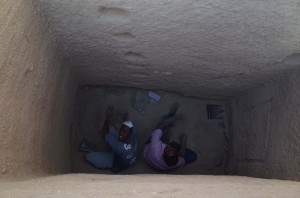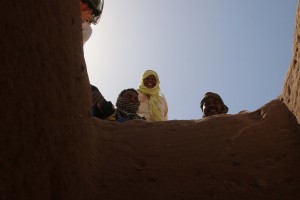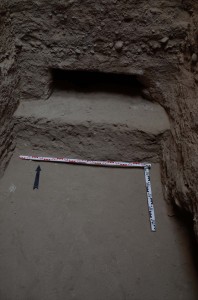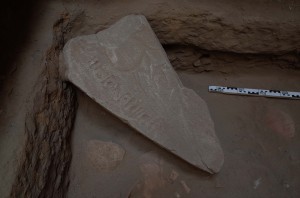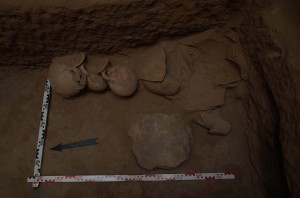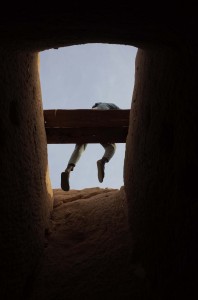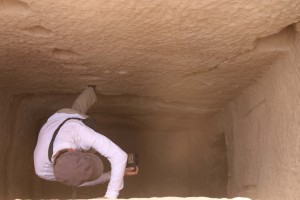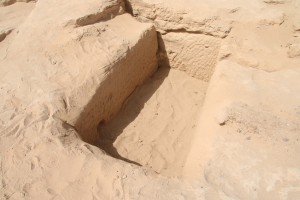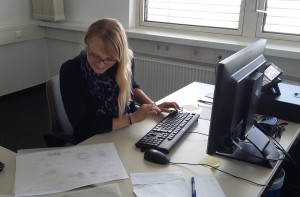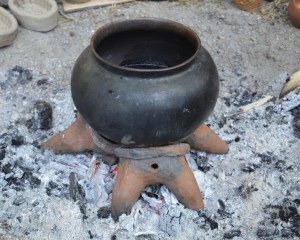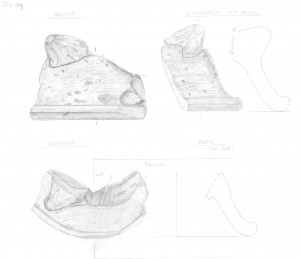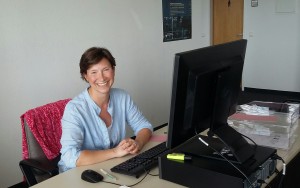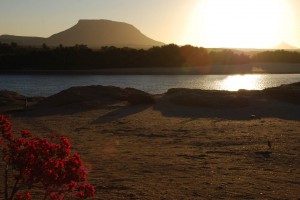 In a few days, the first group of team members of AcrossBorders will be on the way back to Sudan. We will travel via Khartoum to Sai Island and will start our fourth season on January 1 (insha’allah). As in the previous seasons, AcrossBorders will focus on the New Kingdom remains on the large island of Sai. We plan to work in different sectors within the town area and to continue work in the New Kingdom cemetery SAC5, excavating tomb 26.
In a few days, the first group of team members of AcrossBorders will be on the way back to Sudan. We will travel via Khartoum to Sai Island and will start our fourth season on January 1 (insha’allah). As in the previous seasons, AcrossBorders will focus on the New Kingdom remains on the large island of Sai. We plan to work in different sectors within the town area and to continue work in the New Kingdom cemetery SAC5, excavating tomb 26.
I am very happy that well-known team members will join us again – Martin Fera, Jördis Vieth and Sayantani Neogi. Other core team members, Sean Taylor, Vanessa Becker and Daniela Penzer, joined AcrossBorders in 2015 and will be travelling to Sai for the first time in the upcoming season. The object registration will be again in the hands of Kenneth Griffin and Meg Gundlach. Klara Sauter from Vienna will be working for the first time in Sudan, supporting the fieldwork in SAV1 West.
I am delighted that there are several newcomers from Munich joining AcrossBorders as student assistants: Bartlin Schöpflin, Adrian de Vries, Cajetan Geiger, Michaela Janker and Lucia Sedlakova. Furthermore, I am very happy to welcome Dietrich Klemm and Rosemarie Klemm – distinguished colleagues from Munich and well-known specialists on the geology of Egypt and Nubia.
Last but not least, the FWF START project will be again represented by Austrian physical anthropologists – Andrea Stadlmayr and Marlies Wohlschlager are more than keen on the prospects excavating the burial chamber of tomb 26.
Most important: our dear friend and colleague Huda Magzoub will join us again as inspector of NCAM – helping us in the field and gaining more experience in New Kingdom archaeology.
As in 2015, the 2016 fieldwork will focus on the continuous excavation at SAV1 East and SAV1 West, the excavation of our newly discovered tomb in cemetery SAC 5 and the documentation of already excavated material from SAV1E and SAV1W (sorting and recording of the material in the courtyard and working room).
SAV1 East
It is planned to continue and hopefully to complete fieldwork on the site SAV1 East. The remains pre-dating the Building A in the southern part of the site have to be investigated in detail, especially to establish an absolute date for them. For this we will extend our excavation trenches towards the south and especially towards the west.
SAV1 West
The interesting results from fieldwork in a site to the west of the Pharaonic town, labelled SAV1 West, from 2014 and 2015 allow us to continue focused work there. There are 3 major aims for 2016: 1) investigating the ditch in front of the enclosure wall; 2) complete excavation of the 18th Dynasty structures in trench 1S; 3) extending trench 1 towards the east in order to investigate the building horizon within the town.
We will also continue the investigation of the ancient landscape of Sai – and plan to take several sets of sample for various types of scientific analysis.
Without doubt another busy season is waiting for us – with a team of both experienced scholars and newcomers and thanks to all of the support by our Sudanese friends and colleagues, I am more than confident that the results will be amazing and the 2016 season productive – providing more food for thoughts on the nature of the New Kingdom occupation on Sai Island.
Looking much forward to travel to Sudan and wishing all team members & friends of AcrossBorders very happy holidays and a perfect start into 2016!

